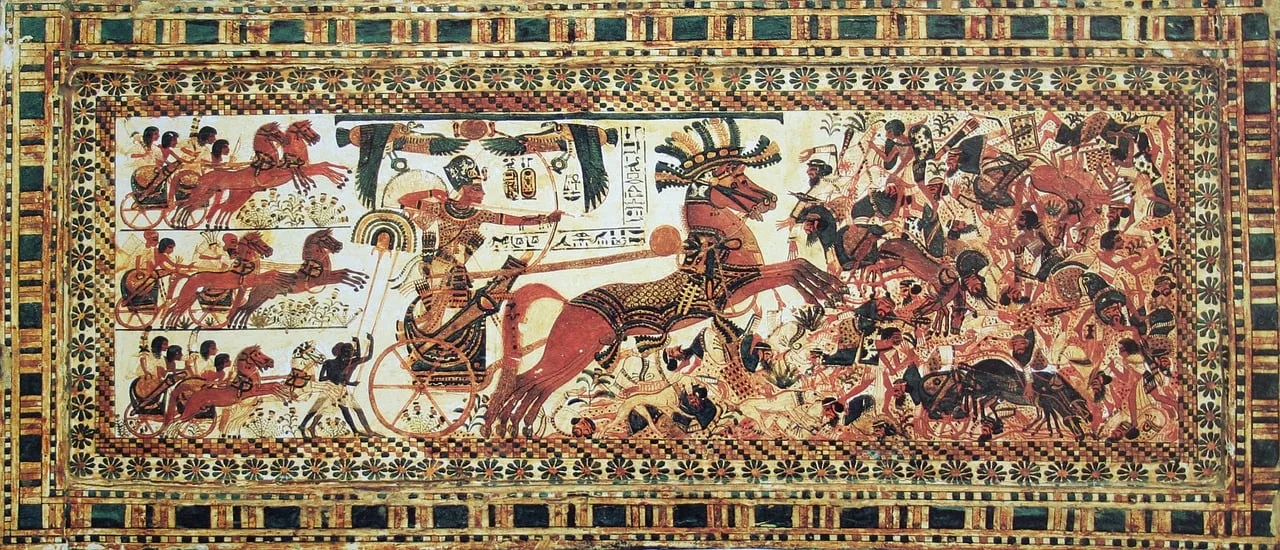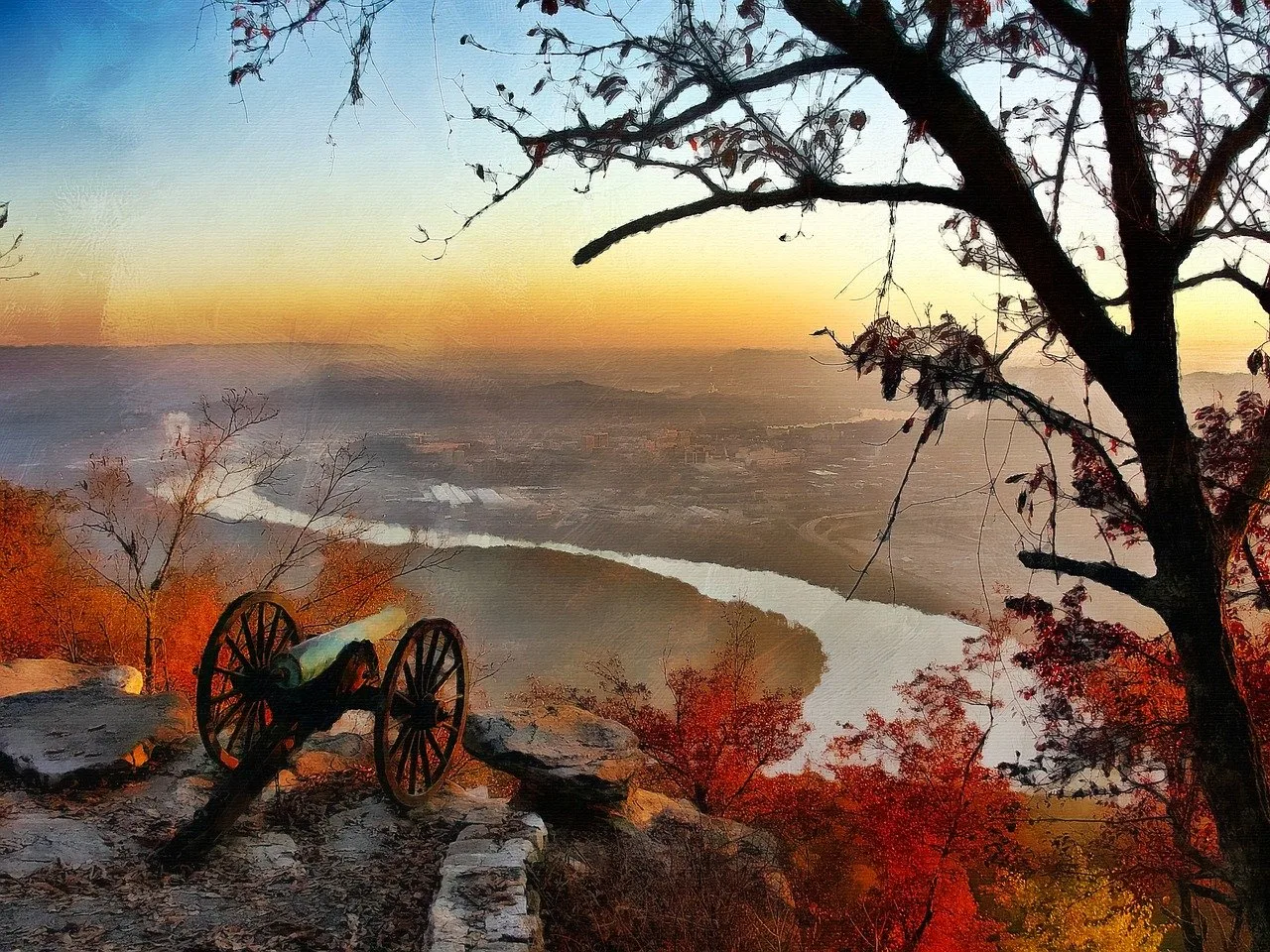The American Civil War: Unraveling the Threads of Division

The American Civil War: Unraveling the Threads of Division –
The American Nationwide conflict, which occurred from 1861 to 1865, was essentially brought about by longstanding strains and clashes between the Northern and Southern conditions of the US.
While subjection assumed a focal part in worsening these strains, it was important for a more extensive arrangement of financial, social, and policy centered issues that eventually prompted the episode of war.
1. The American Civil War: Unraveling the Threads of Division – **Slavery:**
The organization of subjection was a profoundly disruptive issue between the Northern and Southern states. The Southern economy was vigorously subject to agribusiness, especially enormous scope cotton creation, which depended on slave work.
The North, then again, was going through industrialization and had generally created some distance from a slave-based economy. The discussion over the development of subjugation into new regions and states additionally escalated strains.
2. The American Civil War: Unraveling the Threads of Division – **Economic and Social Differences:**
The monetary and social designs of the North and the South were especially unique. The North was portrayed by industrialisation, urbanisation, and a more expanded economy. Interestingly, the Southern states kept an agrarian, ranch based economy.
These monetary abberations added to varying perspectives on issues, for example, duties, which were considered by certain Southerners to be lopsidedly influencing their farming advantages.
3. The American Civil War: Unraveling the Threads of Division **States’ Privileges versus Government Authority:**
A well established banter over the overall influence between the national government and individual states was a contributing component. Southerners frequently underlined the idea of states’ freedoms, contending that singular states reserved the privilege to decide their own regulations and approaches, including those connected with subjugation.
The North, drove by the central government, looked to apply authority over issues like the legitimateness of bondage in new domains.
4. The American Civil War: Unraveling the Threads of Division – **Political Disappointments and Sectionalism:**
The political framework battled to track down compromises to address the developing sectionalism between the North and the South. The Missouri Split the difference of 1820, the Split the difference of 1850, and the Kansas-Nebraska Demonstration of 1854 were endeavour’s to resolve these issues at the end of the day neglected to give an enduring arrangement.
The petulant 1860 official political race, where Abraham Lincoln, an abolitionist subjugation up-and-comer, won without conveying a solitary Southern state, further elevated strains.
5.The American Civil War: Unraveling the Threads of Division – **Abolitionist Movement:**
The ascent of the abolitionist development in the North, supporting for the abrogation of bondage, added to the generally warmed climate. While not generally embraced in the North, abolitionists assumed a critical part in forming popular assessment and impacting political talk. The presence of abolitionist feelings uplifted Southern apprehensions of monetary and social commotion.
6. The American Civil War: Unraveling the Threads of Division – **Secession and Post Sumter:**
The tipping point came when a few Southern states, beginning with South Carolina in December 1860, withdrew from the Association because of the appointment of President Abraham Lincoln. The secessionist states shaped the Confederate Provinces of America. The contention heightened when Confederate powers went after Post Sumter in April 1861, denoting the authority start of the Nationwide conflict.
The American Nationwide conflict was a perplexing and diverse struggle, with servitude filling in as a basic and profoundly troublesome issue.
While the conflict eventually prompted the abrogation of subjection with the Liberation Decree and the section of the thirteenth Amendment, its causes and results reached out a long ways past the establishment of subjugation, enveloping financial, political, and social factors that had been rotting for a really long time.
“Cinematic Chronicles of Conflict: Exploring Civil War in Film“
The American Civil War, a pivotal chapter in history, has inspired numerous cinematic masterpieces that delve into the complexities of this turbulent era. Films like “Gone with the Wind” and “Glory” capture the human drama and societal upheaval of the time, offering a lens into the lives of those affected by the conflict.
“Lincoln” provides an intimate portrayal of President Abraham Lincoln’s efforts to navigate the war-torn nation and enact the Emancipation Proclamation. Meanwhile, “Cold Mountain” weaves a poignant tale of love and survival against the backdrop of the war. These movies not only entertain but also serve as powerful tools for understanding the human cost and societal transformation during this tumultuous period, bringing history to life on the silver screen.
Civil war
